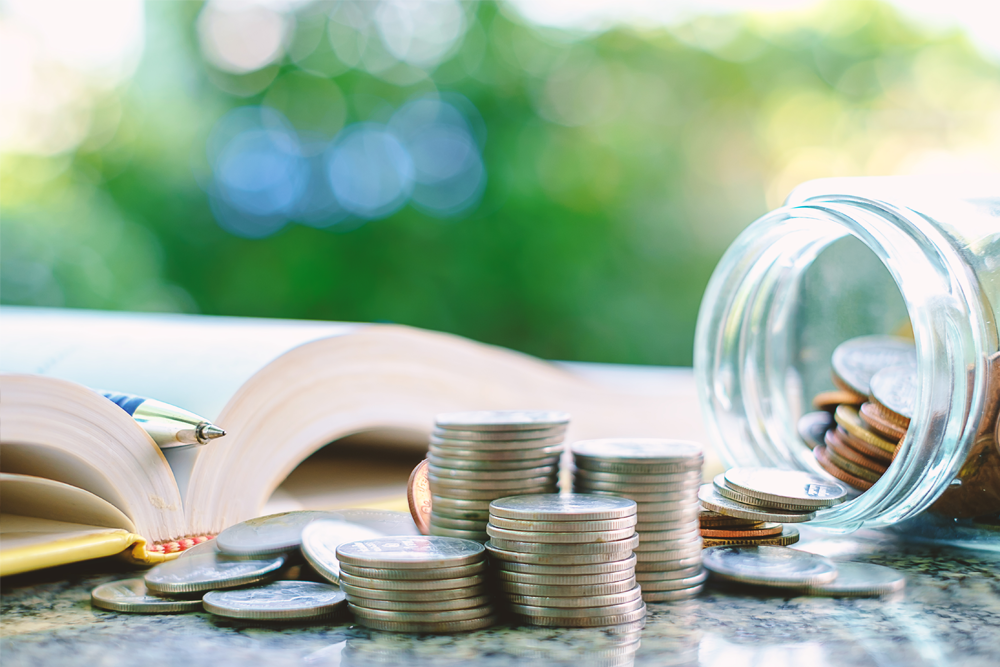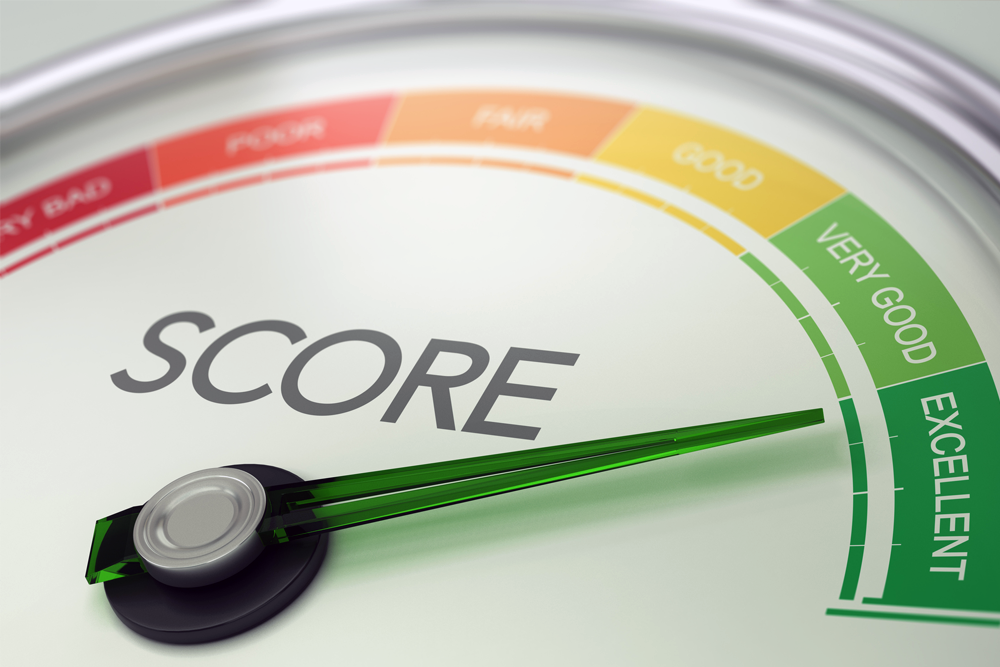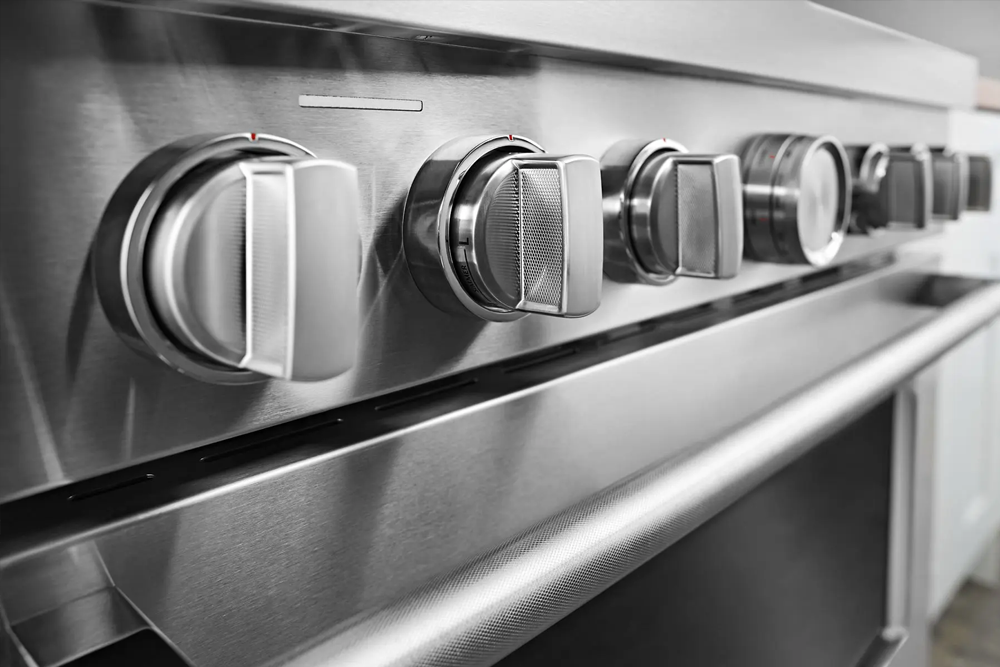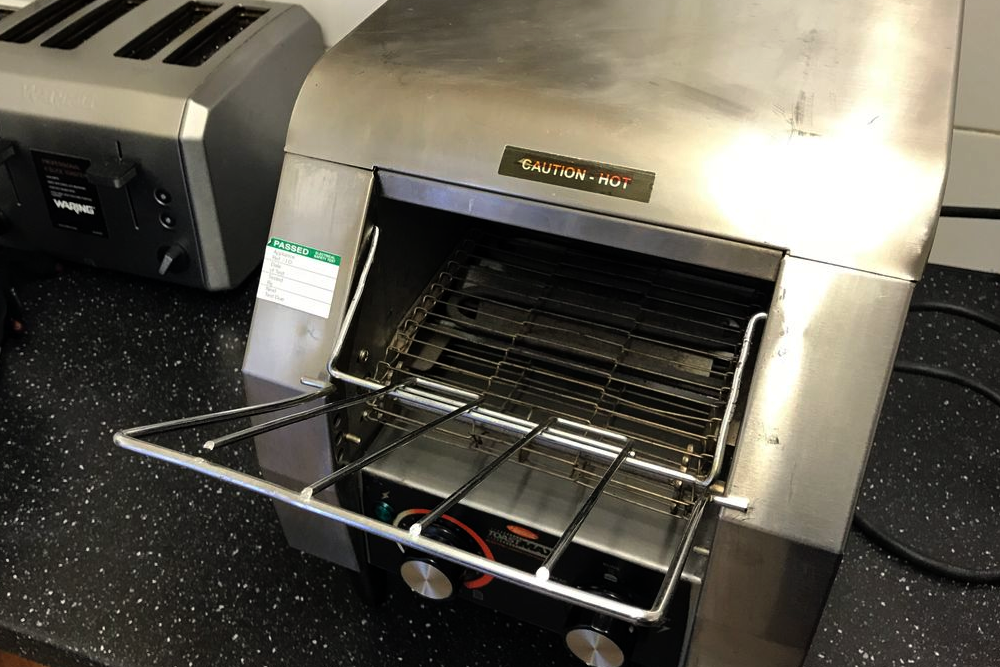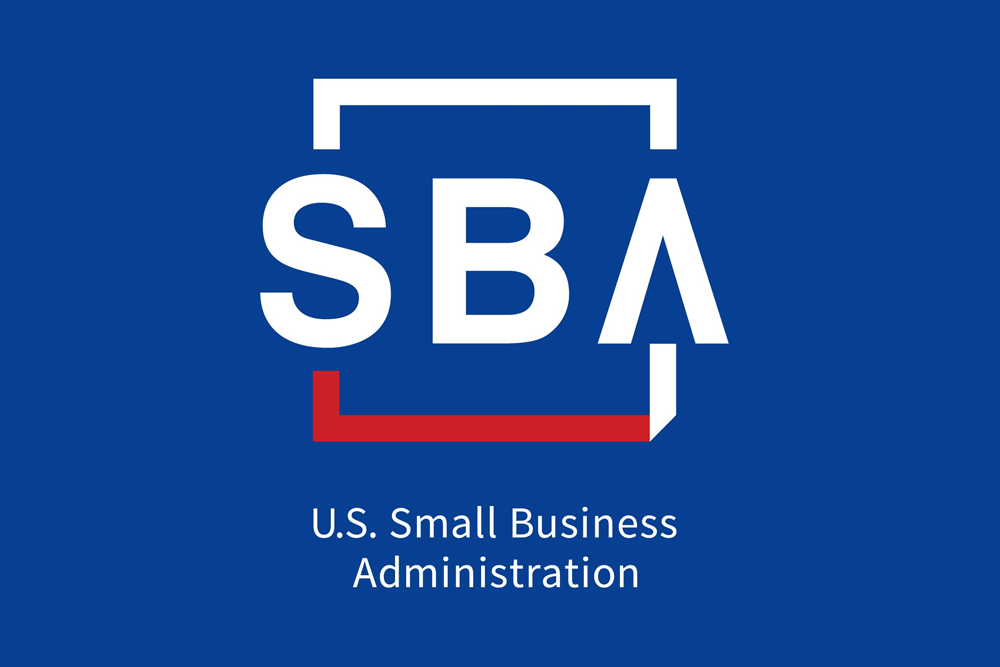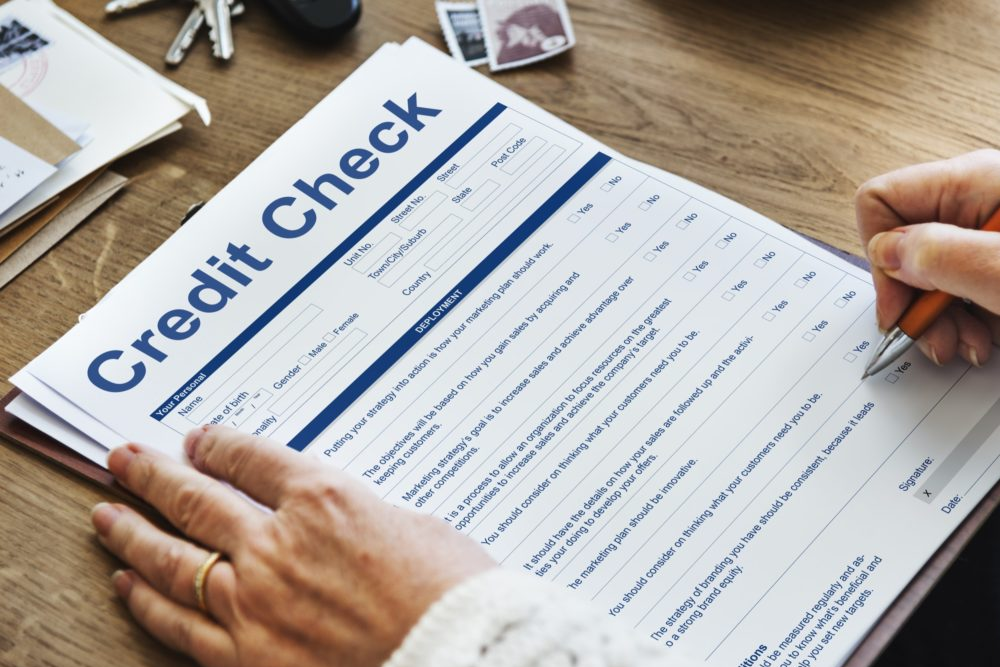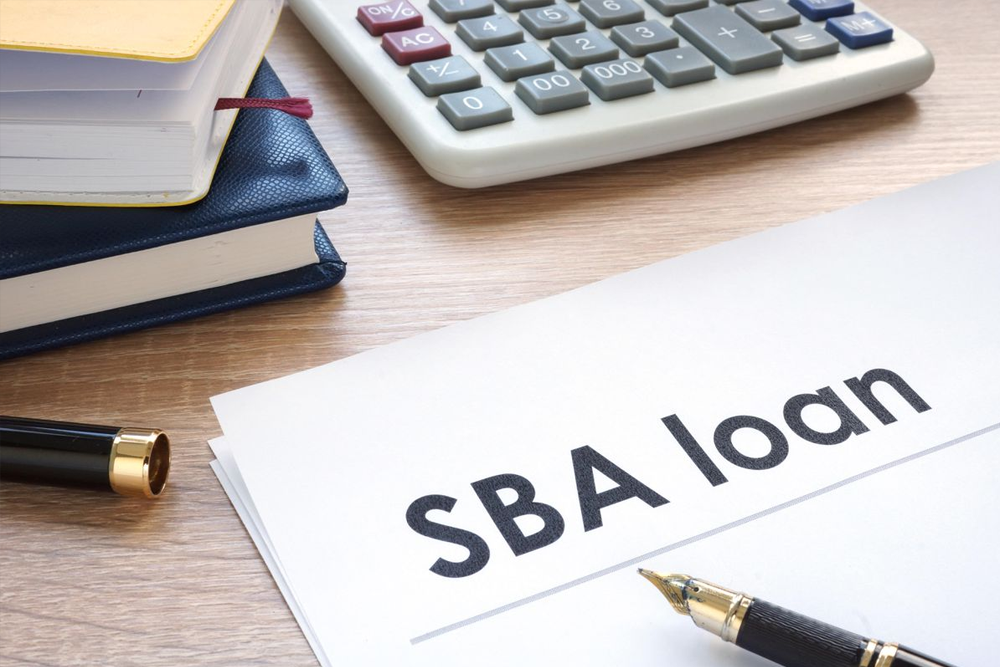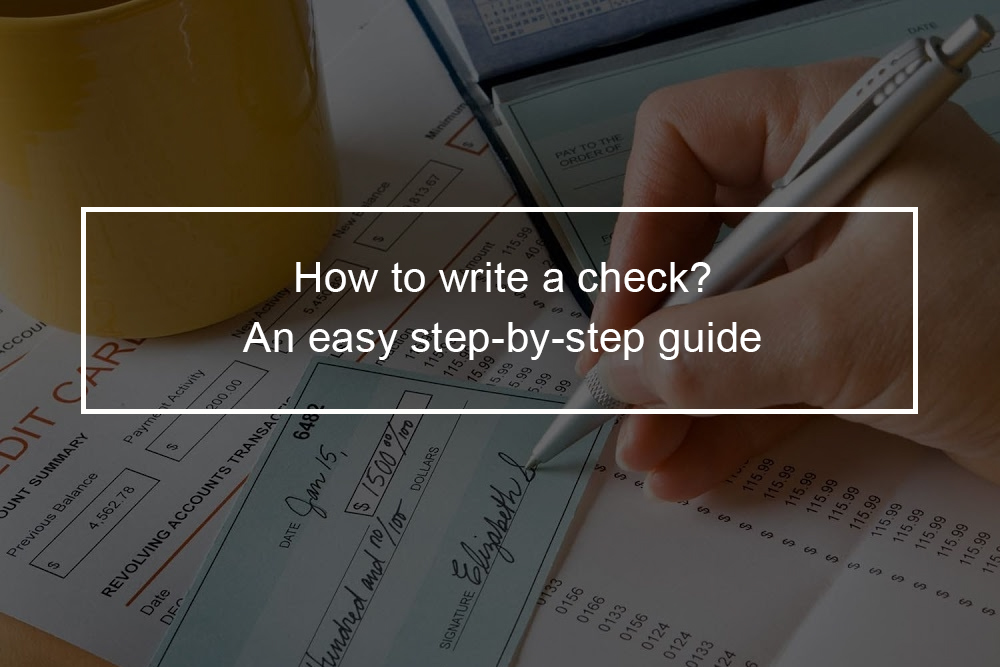
What are the parts of a check?
Stop guessing what those numbers, boxes, and lines mean, and let us tell you. Here are the various parts of a check.
- Your information, inclusive of your address and sometimes contact number
- The dateline
- The check number for your reference
- The payment amount box
- The payment amount line
- The recipient line
- Your checking account number
- Your bank’s routing number
- Your signature line
- The memo line
- Your bank info
Learn how to fill out a check with these easy steps
Easy if you know these steps
Step 1: Make sure you write the date in the upper right corner
Write the year, month, and date in the top right corner. Often, this will be the date you are writing the check. If you need the recipient to wait till you have money in your checking account before depositing the check, you may postdate the check.
If you are paying ahead of time for a service, you may postdate a check. For instance, if your rent is due on the first of the month; however, you mail your check on the 15th of the preceding month since you are going on a trip, you would postdate a check for the first of the next month.
This step is essential, so the bank and or person you are giving the check to knows when you wrote it.
Step 2: ‘Pay to the order of’ refers to the business or person you are paying
Pay to the Order of, the next line on the check is the place you write the name of the company or person you want to pay.
If you are uncertain of the correct organization, correct title or business name, ensure you ask before writing out the check to make sure they can deposit it. Note you should never leave this line empty when you write a check. Otherwise, you risk someone taking the liberty of finishing writing that checks out themselves.
You can also note down the word cash if you do not know the organization’s or person’s exact name. However, note that this can be risky if the check ever gets stolen or lost as anybody can deposit or cash a check made out to cash.
Step 3: Write the dollar amount you are paying check in words
There are two specks on a check where you note down the amount you are paying. First, write the cash amount in words directly below the payee name(inclusive of dollars and cents). For example, if you are paying $12.18, you might write ‘twelve dollars and eighteen cents or twelve dollars and 18/100. Either of these methods is fine as far as it is clear how much you are paying. Just note if you choose the second method, the cents amount must be over 100. On condition that a dollar amount is a round number, still, incorporate it as ‘and 00/100’ for extra clarity.
If your words do not occupy the whole space, make a straight line through to the end of the field to make sure no one else can edit what you wrote. Be sure to write this amount with a pen and not a pencil. A pencil is easy to modify. Often people are advised to fill in checks in cursive; however, now writing in pen is enough to indicate legitimacy.
Note that writing the dollar amount in words is essential for a bank to process a check as it verifies the correct payment total.
Step 4: Write the same amount of money in the box on the right side of the numerical check-in form
Now note down the amount of the check again, this time in digits (for example, $12.18) in the small box on the right. Noting the amount in two ways ensures it is correct.
Make sure you fill the whole box so that the amount can not be altered. It is more important to align your dollar amount to the justify side of the box so no one can modify your $12.18 to $112.18.
Make sure you write the amount clearly so the ATM or the bank can accurately deduct this amount from your account.
Step 5: Write a memo
Filling out the line that indicates a memo is optional, but useful for knowing why you wrote the check. In some organizations, the recipient might ask to provide identifying information on your check, such as a billing account number.
If you are making a check for a monthly rent or electric bill, you can note down the electric bill or monthly rent in the memo section. Usually, when you are paying a bill, the organization will ask you to write your account number on the check-in in the memo section.
Step 6: Sign your name at the right corner of the check(at the bottom)
Write your name on the line at the bottom right-hand corner using the signature you used when you created the checking account. This shows the bank that you accept that you are paying the stated amount and the right payee.
How to balance a checkbook?
Each time you spend money or make a deposit, you should keep track of this activity in your checkbook’s check register. This can be found with the checks you received from Huntington. Your check register is meant to be utilized for keeping track of your expenses and deposits. All the transactions would be documented, including deposits, debit card payments, ATM withdrawals, and checks.
Record your transactions
- Once you make a payment by check, you will document the check number, which is found in the apex right corner of the check. Besides, this will help you keep track of your checks, helping you make sure none of your checks are missing. It also reminds you when you need to reorder checks.
- Make sure you make a note of the date of your records. In description or transaction column and describe where the payment was made or for what reason. Then note down the exact amount in either the deposit or withdrawal column based on if you received money or spent it.
- Deduct the amount of any checks, payments, withdrawals, and bank fees or add in deposits to the total amount in your bank account from the previous transaction.
Reconcile your bank statement monthly
When you get your monthly bank statement, whether you view it online or it comes in the mail, take the time to balance your checking account. First, download a balancing worksheet. Then follow the directions to enter the info from your checkbook register and bank account statement together with any unlisted deposits and understanding withdrawals and checking. After you have completed the worksheet, if you adjusted the checkbook and account balance, your checking account is balanced.
If there are differences, take the time to check your calculation, check if there are outstanding checks that may not show on your statement still, and double-check to make sure you did not miss a transaction or fee. If you feel there is a fault in your bank statement, reach Huntington as soon as possible.
Typically, balancing your checkbook might feel old-schooled with online banking, budgeting technology, and mobile banking. Whereas your online banking record enables you to check your account and trace your expenses and spending regularly, there are still benefits to balancing your checkbook monthly or even each week.
For instance, if you wrote a company or a person a check and they have not cashed it yet, that amount will not be listed in your online history; however, it will be in your check register. Having correct knowledge of payments you have made can assist you to avoid overdrafts or return fees. Besides, keeping a second record of your transactions can help you spot potential cases of fraud.


